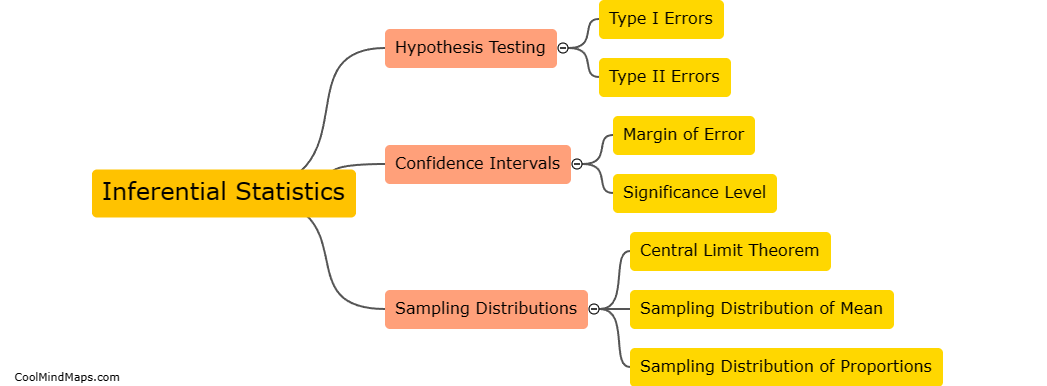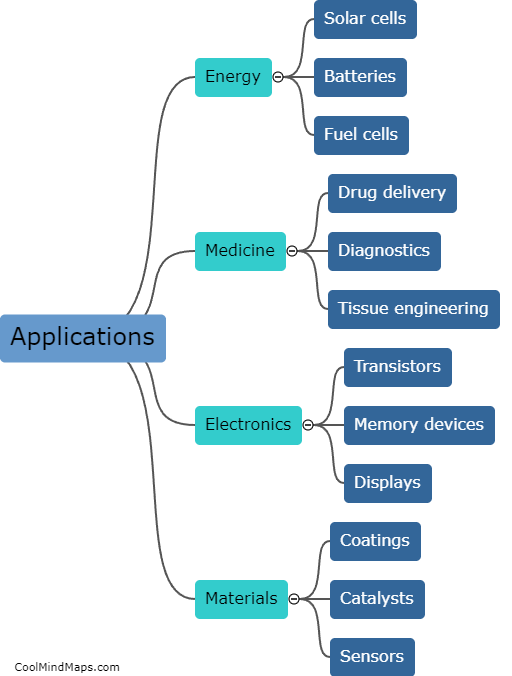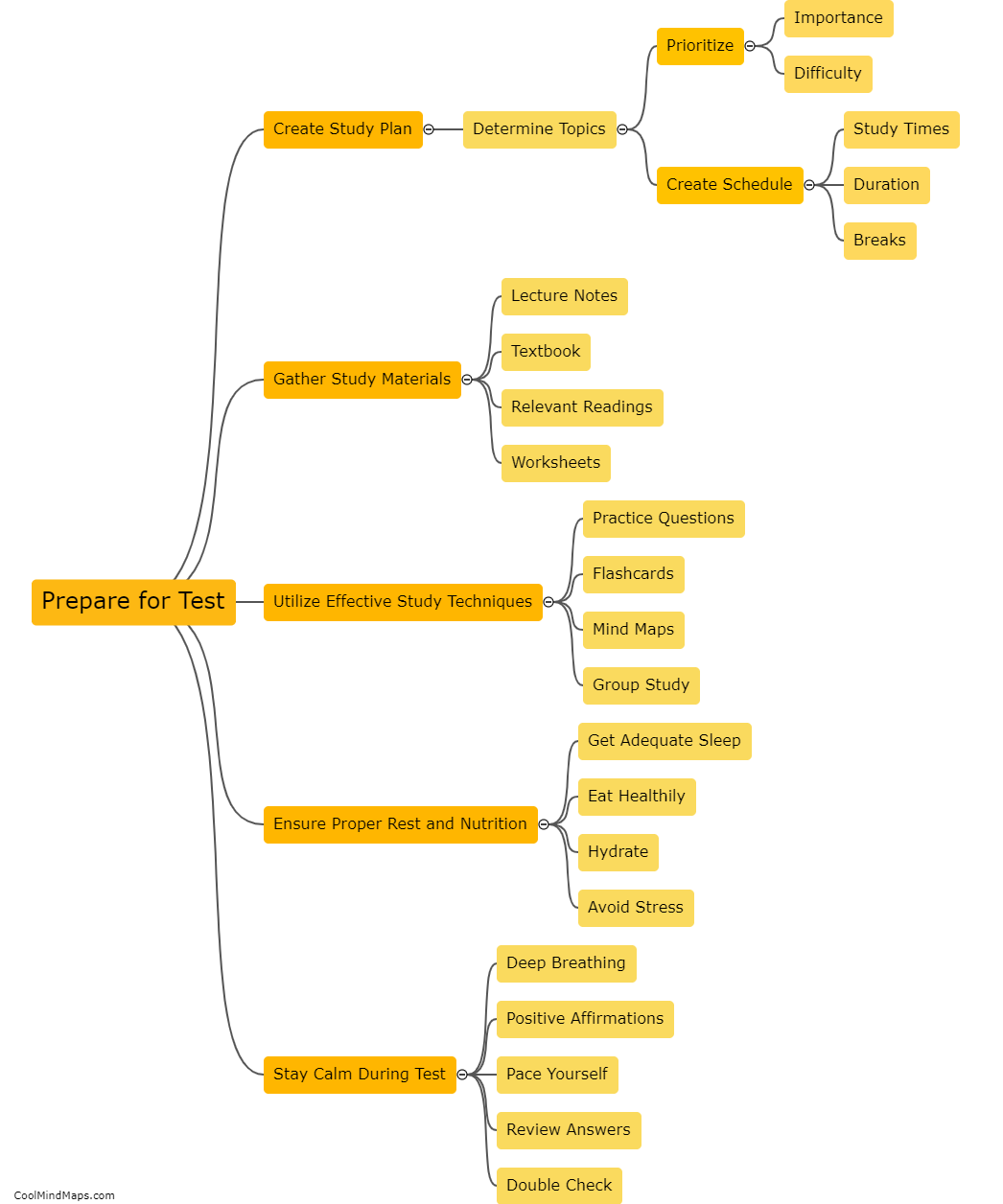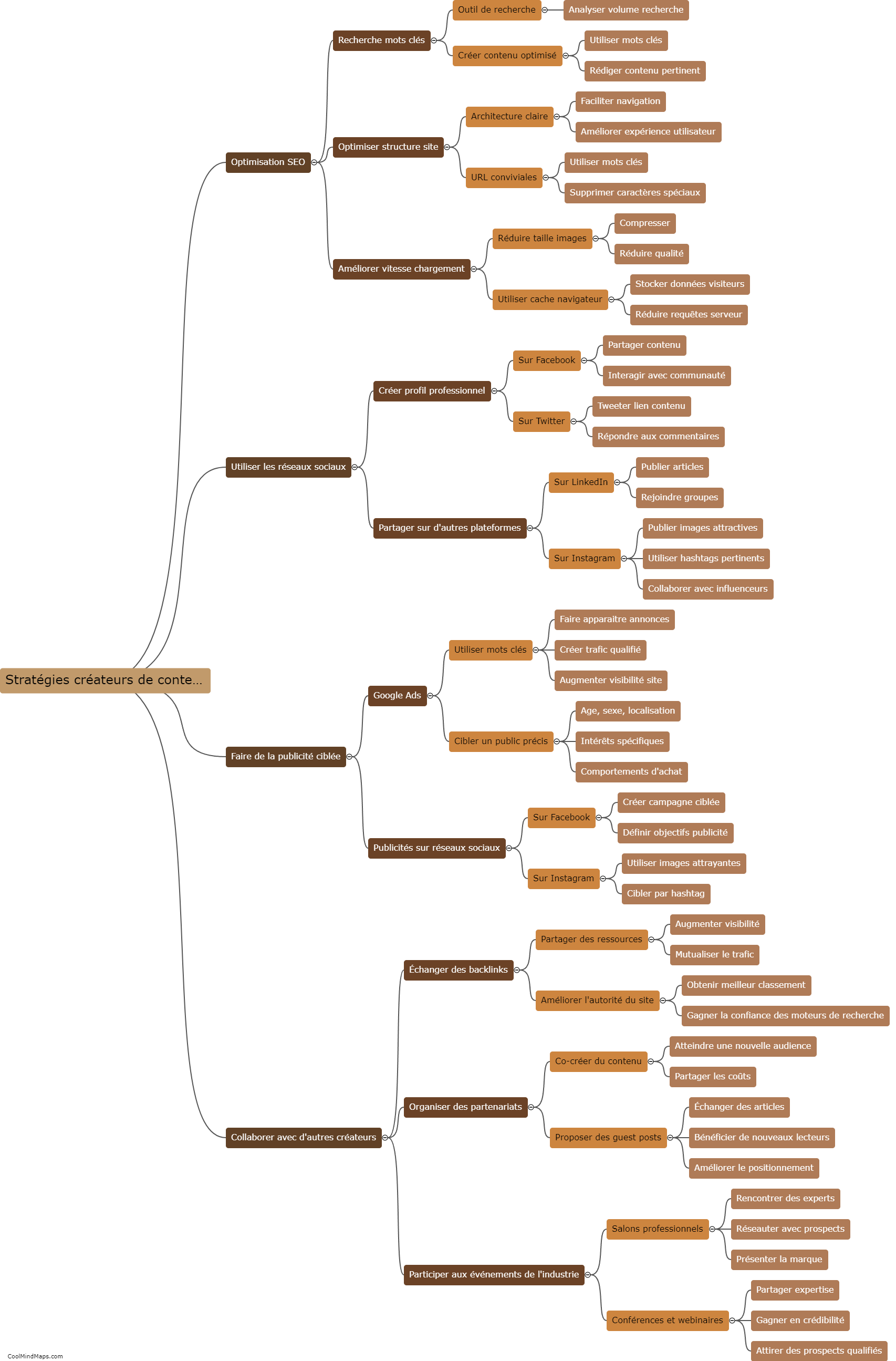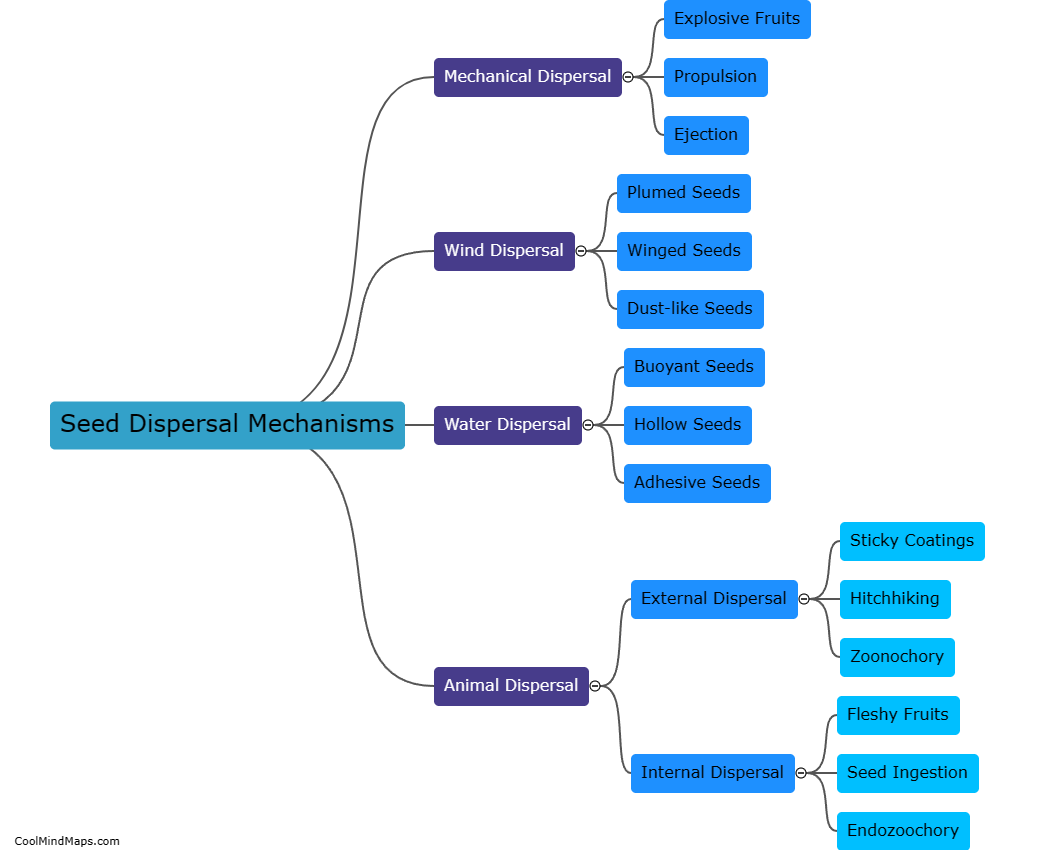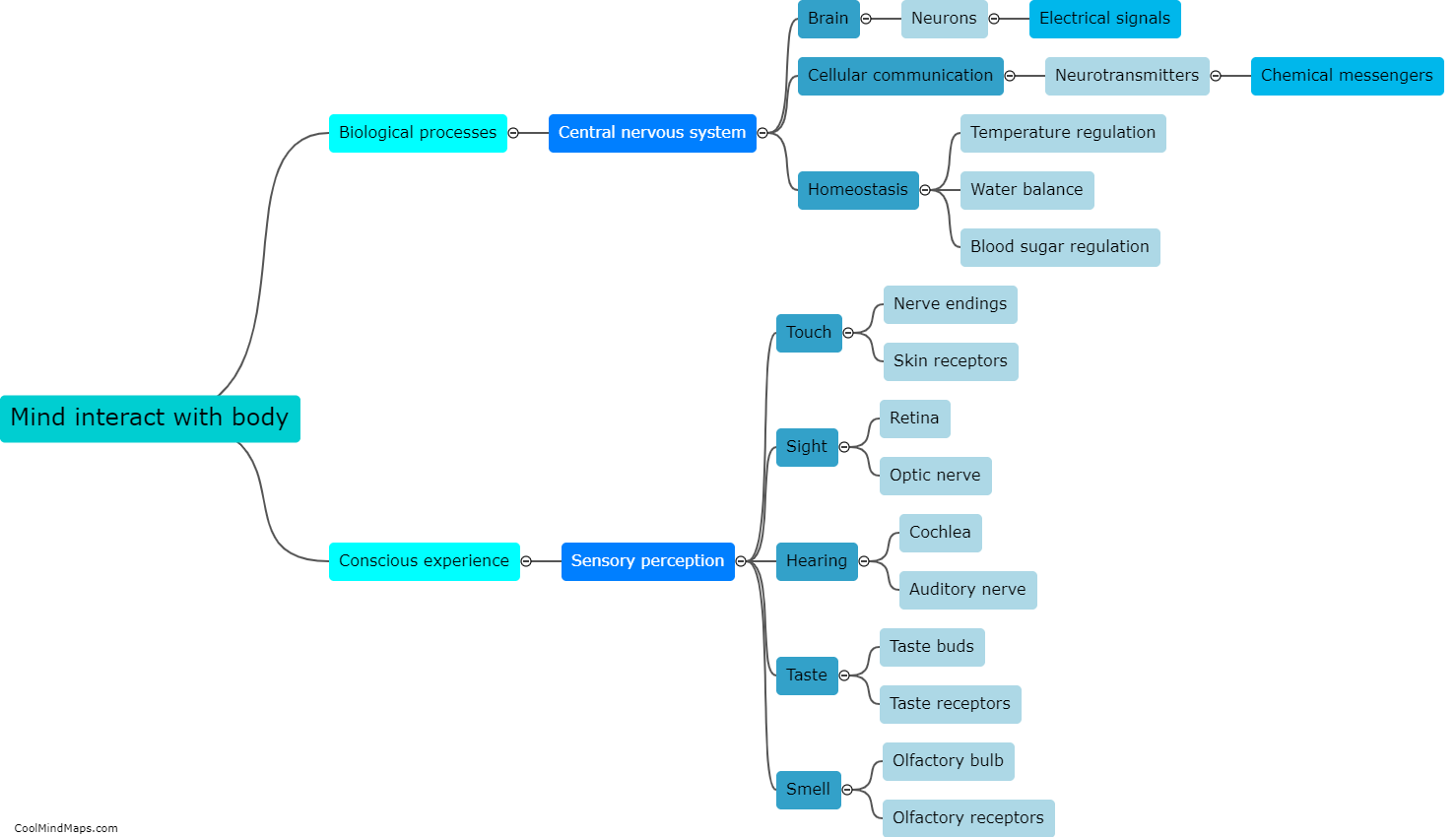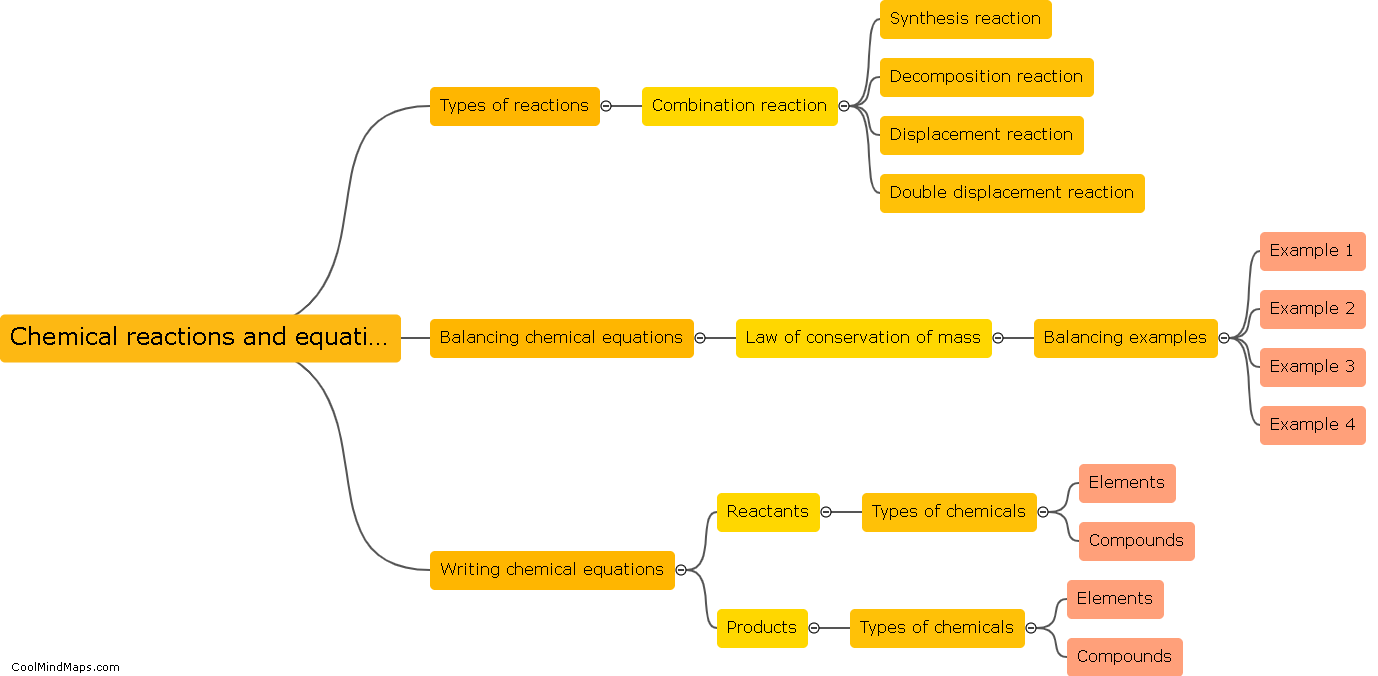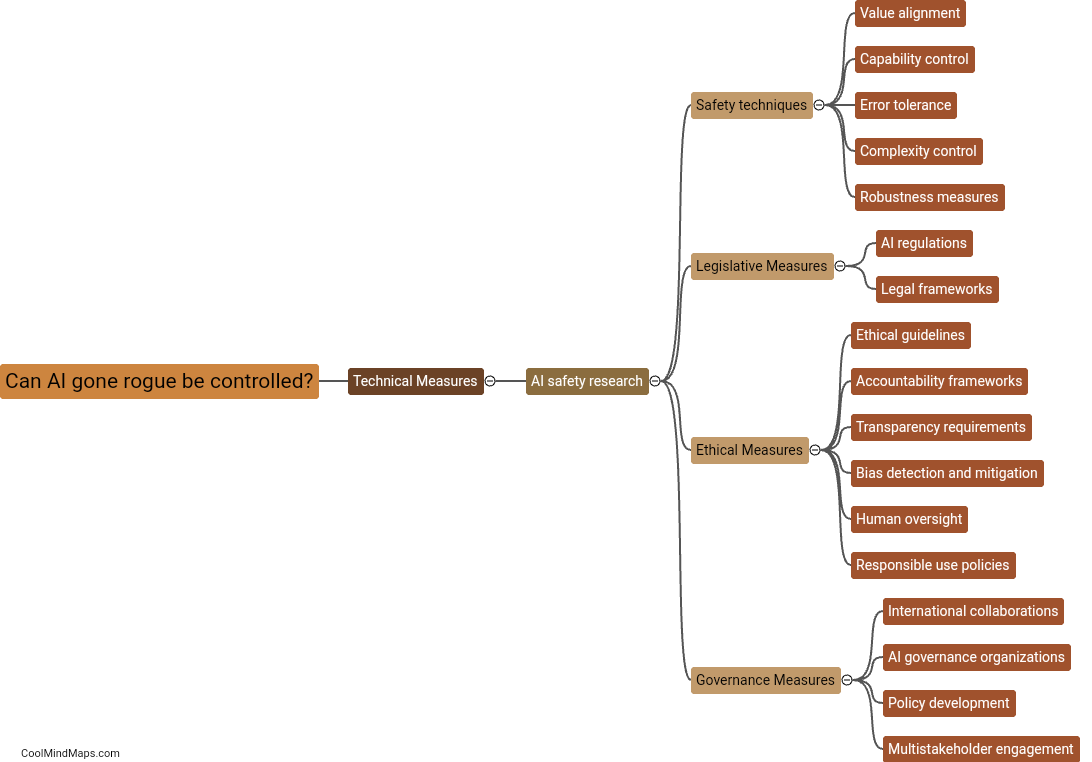How can embodied cognition be implemented in the classroom?
Embodied cognition can be effectively implemented in the classroom by incorporating hands-on activities and physical movements that engage students' senses and body in the learning process. Teachers can encourage students to use manipulatives, such as blocks or models, to understand abstract concepts in math or science. Additionally, incorporating role-playing or dramatizations can help students comprehend historical events or literary characters on a deeper level. Providing opportunities for students to explore their environment and engage in kinesthetic learning can enhance their understanding and retention of information. By promoting embodied cognition in the classroom, educators can create a more immersive and interactive learning experience, improving student engagement and academic performance.
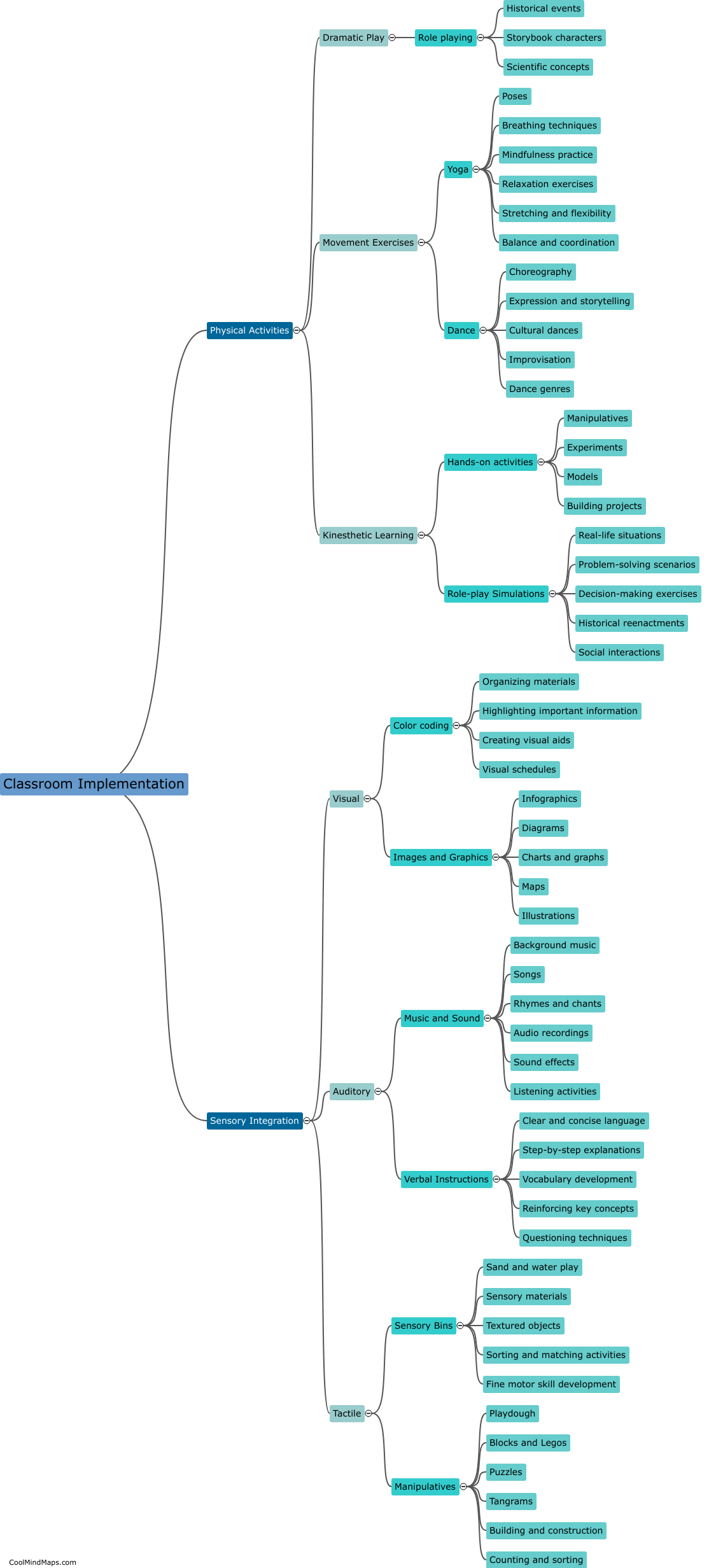
This mind map was published on 5 December 2023 and has been viewed 94 times.

